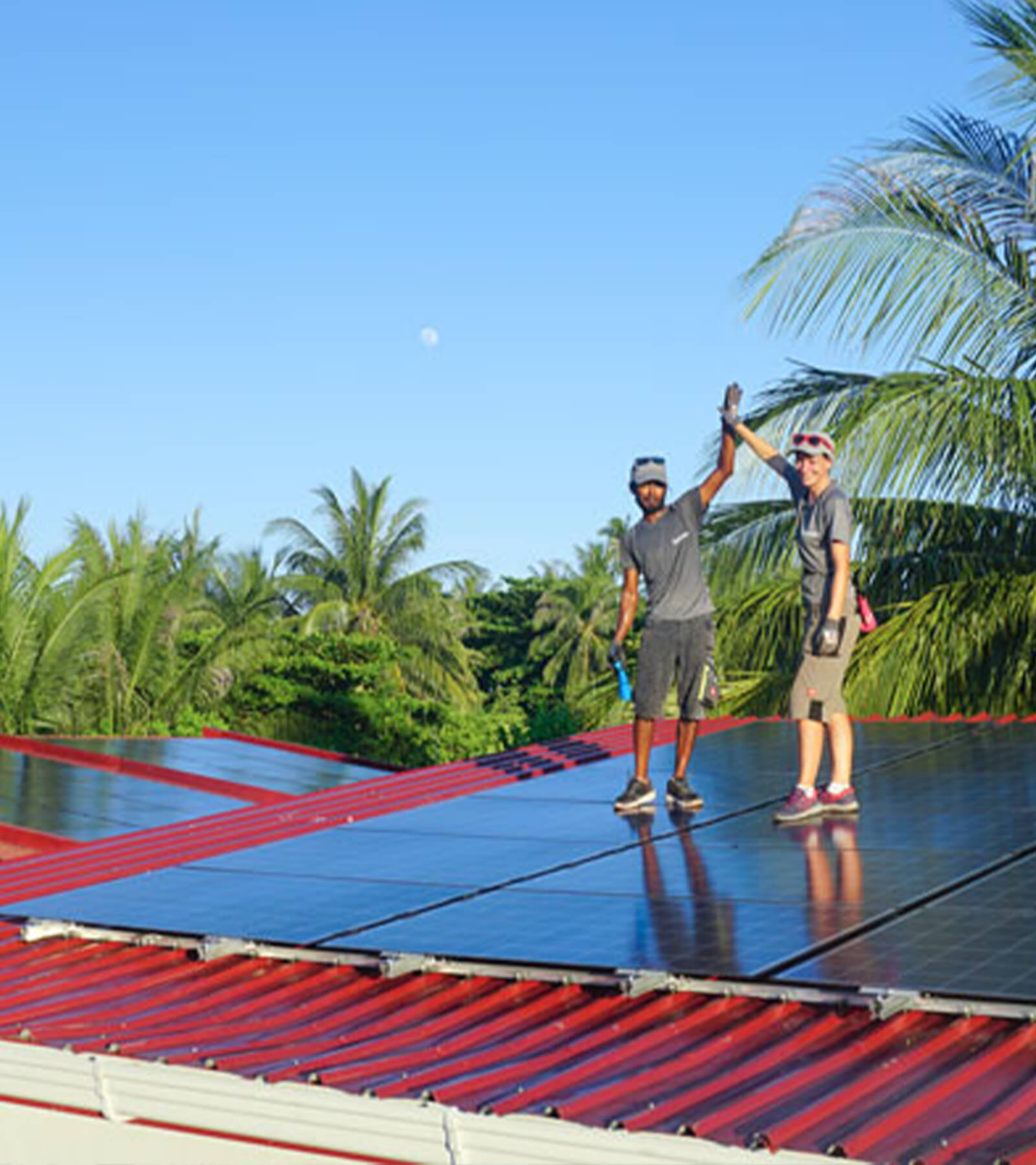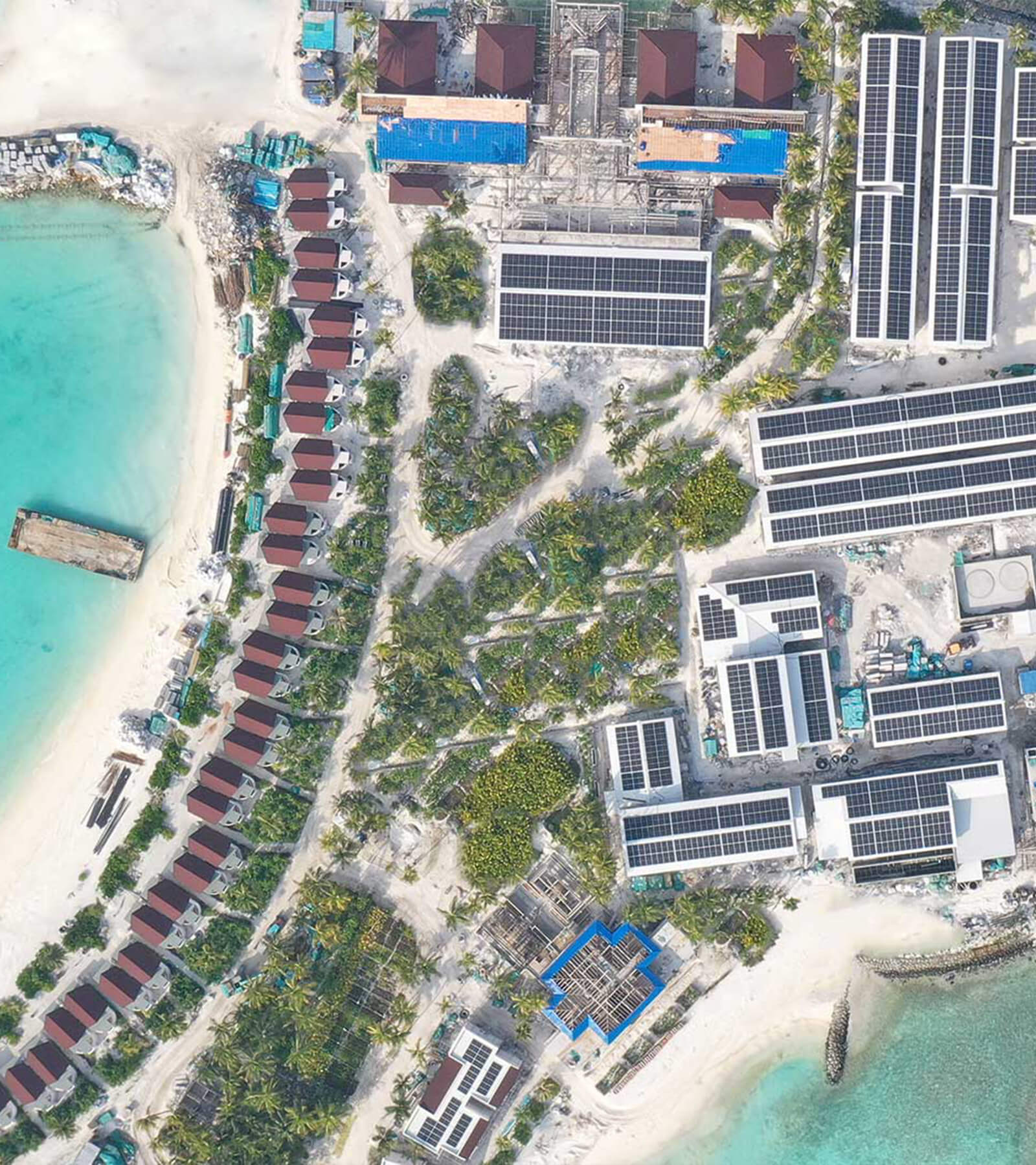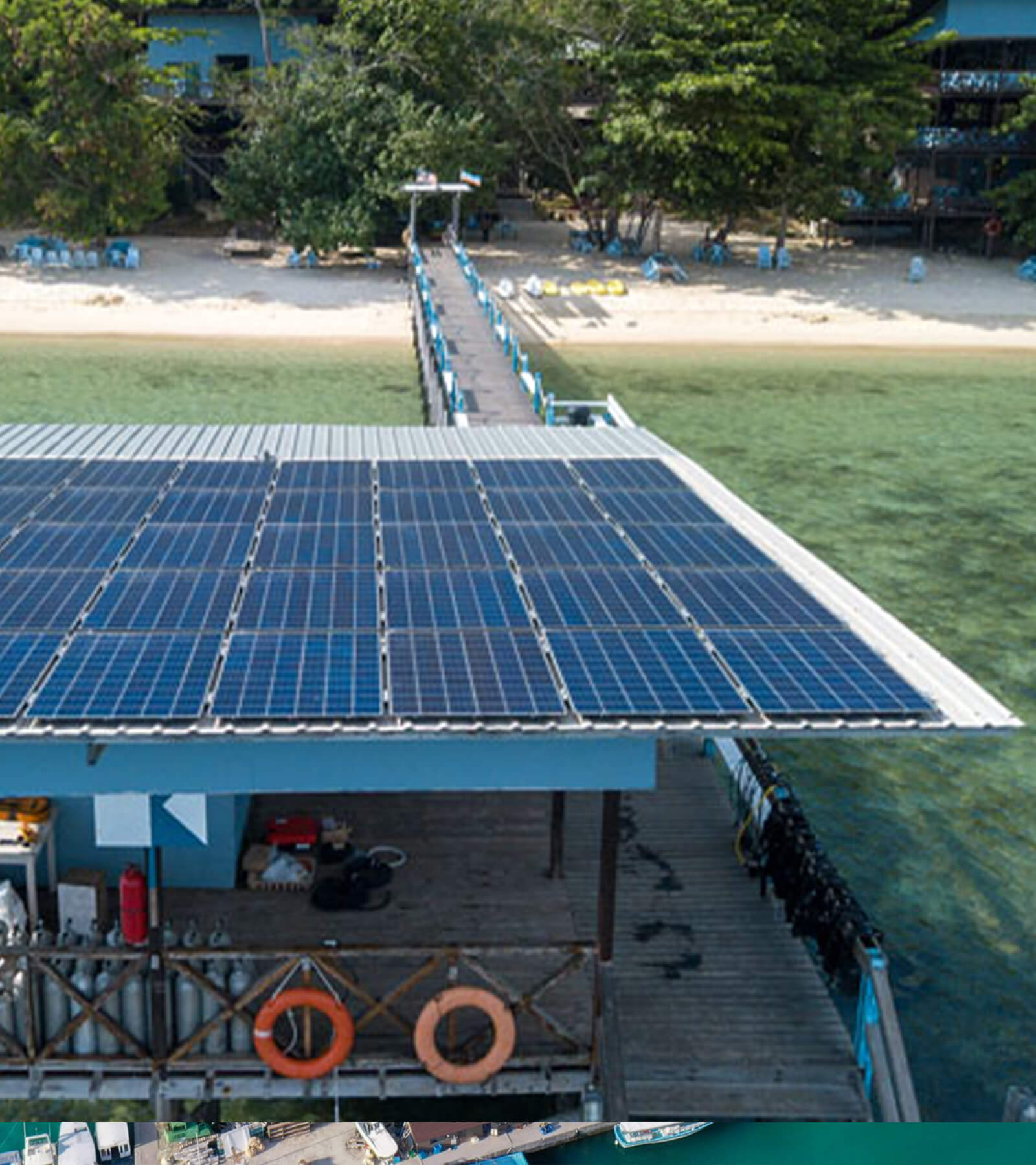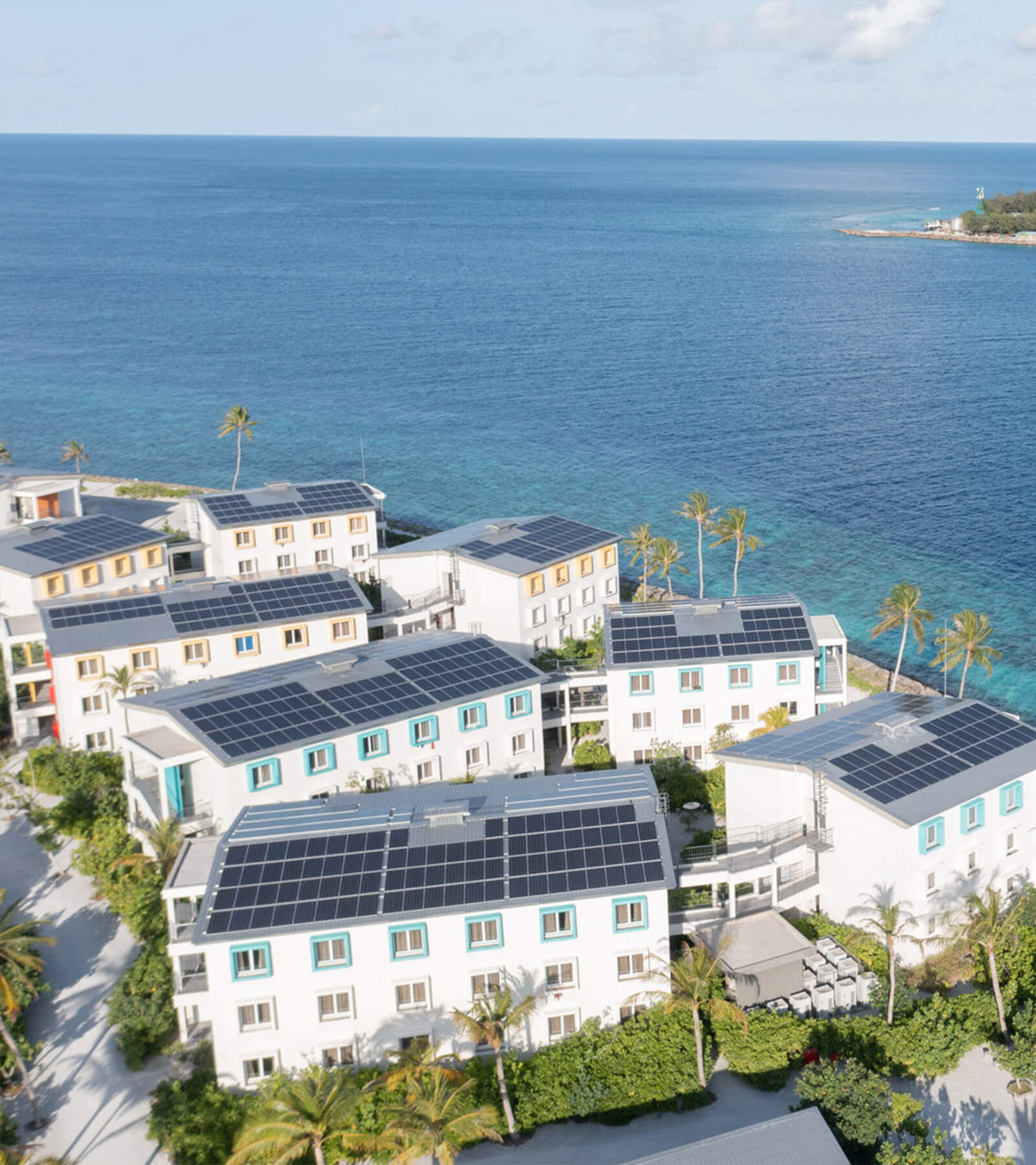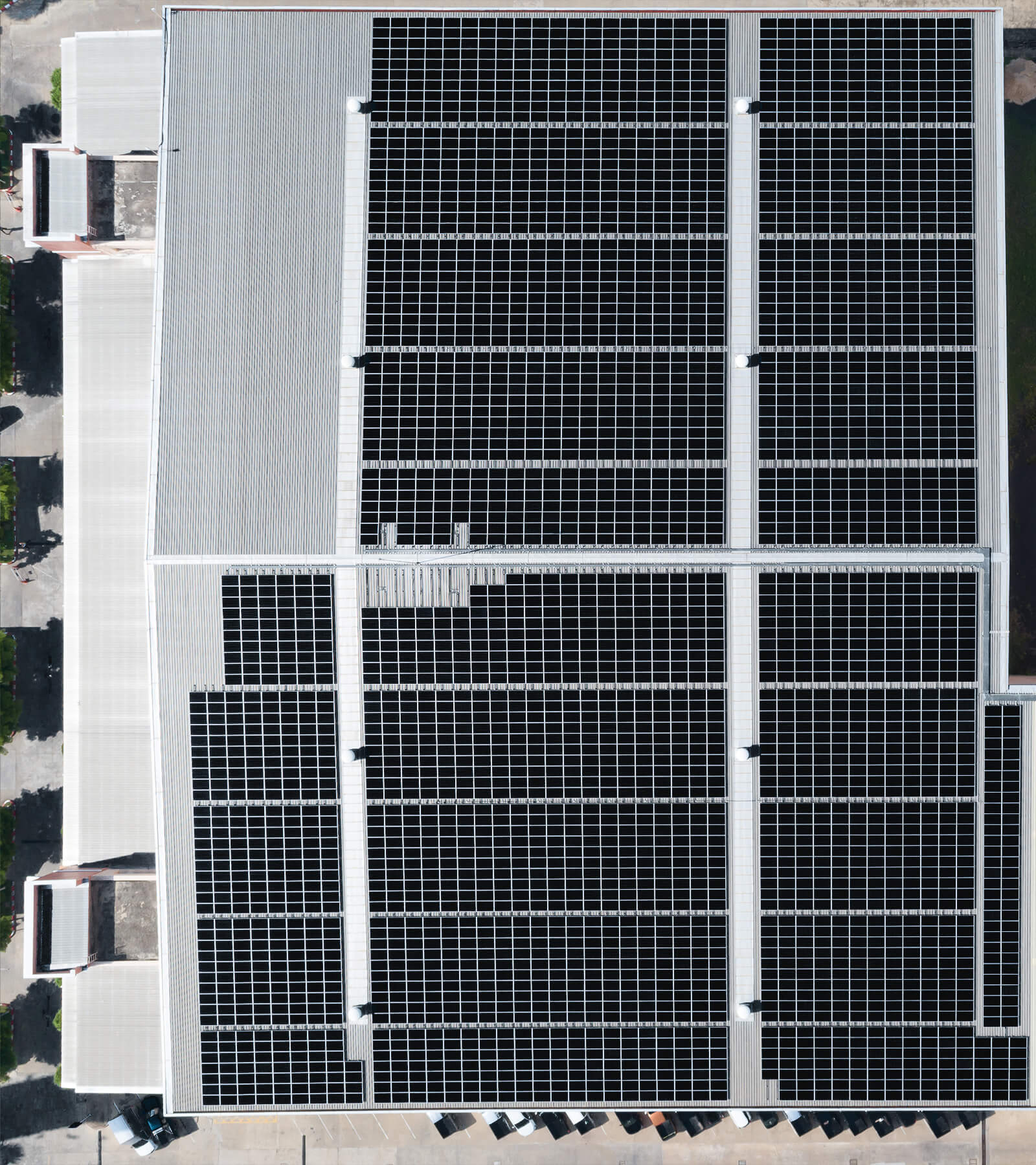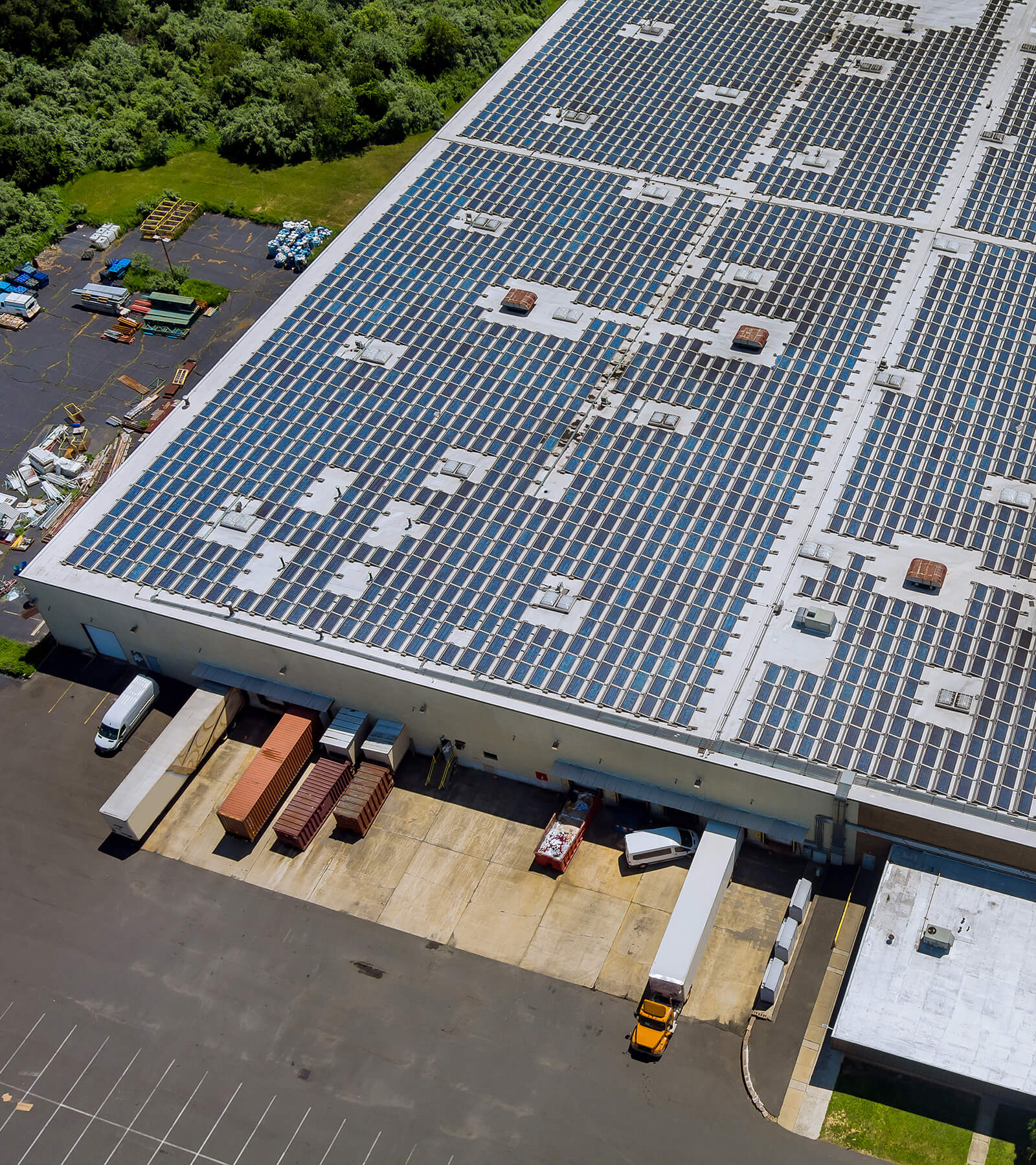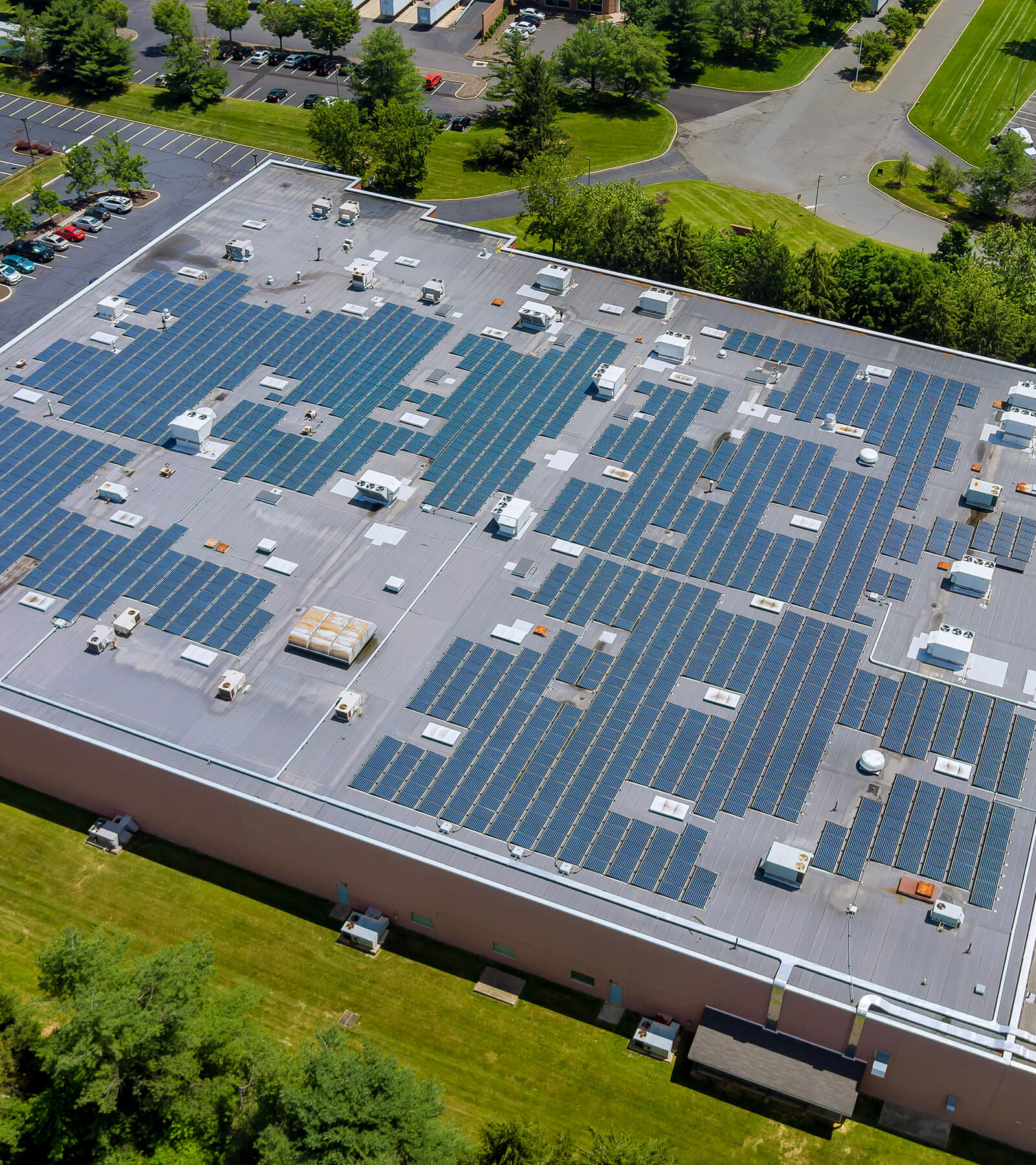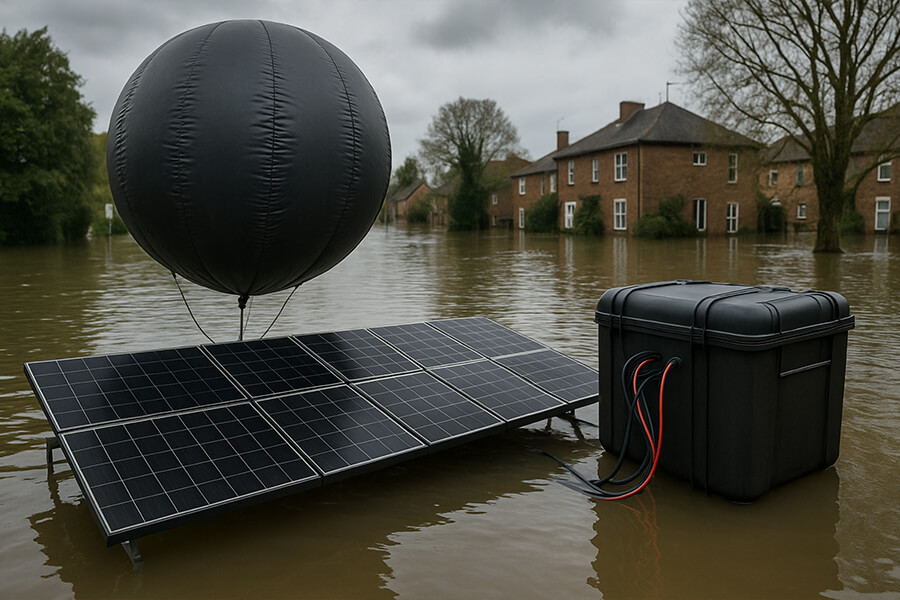A Stockholm school’s 16 kW solar system delivers educational energy autonomy, powering STEM labs with 45 bifacial panels and hydrogen backups. Results? 80% lower energy bills, a Nordic Green School Pioneer Award, and students optimizing solar angles like mini Einsteins. Meet Maxbo Solar – the pun-loving engineers behind the tech redefining classroom power (literally).
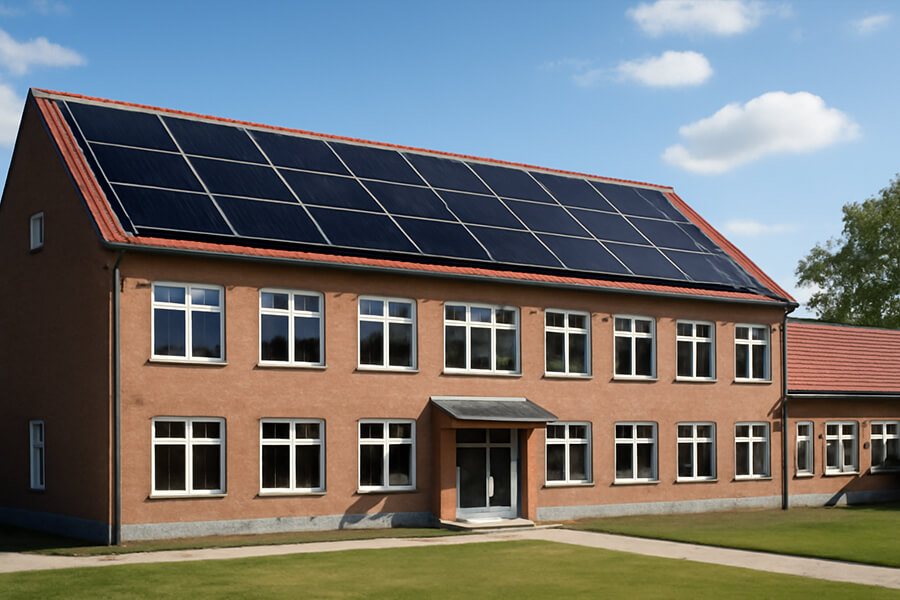
When Sunshine Meets Science (and Saves Money)
Picture this: A Stockholm school where kids aren’t just learning about renewable energy—they’re bossing it around. In 2025, this isn’t sci-fi; it’s a classroom reality. A local school just slapped 45 bifacial solar panels (355W each, because basic isn’t their vibe) onto their playground and paired them with a hydrogen fuel cell backup. Translation: Their STEM labs now run on pure solar swagger.
But let’s break down the numbers behind this energy revolution.
Solar Math 101: Crunching the Cost-Saving Chaos
The school’s 16 kW solar system isn’t just a shiny rooftop accessory—it’s a financial ninja. Here’s how it stacks up against traditional energy sources:
| Metric | Traditional Grid | 16 kW Solar System |
|---|---|---|
| Annual Energy Cost | $8,200 | $1,640 (80% savings) |
| CO2 Emissions Avoided | 12.5 tons/year | 0 tons |
| Payback Period | N/A | 6.2 years |
Data sourced from Swedish Energy Agency, 2025.
The secret sauce? Bifacial panels, which generate 15-20% more energy than standard modules by harvesting sunlight on both sides (International Energy Agency, 2025). Paired with a hydrogen fuel cell backup (storing excess energy as H₂), this setup laughs at Stockholm’s gloomy winters.
System Specs: Where Tech Meets Playground Swagger
The school’s solar playground isn’t just functional—it’s a flex. Check the specs:
| Component | Details |
|---|---|
| Solar Panels | 45 x bifacial 355W panels (16 kW total) |
| Hydrogen Storage | 50 kWh capacity, 95% efficiency |
| Annual Output | 18,200 kWh (covers 100% of STEM lab needs) |
| Lifetime Savings | $62,000 (€58,000) over 25 years |
Source: Nordic Energy Research, 2025.
For context, the system’s 42,000installationcostwasoffsetbya14,000 EU green schools grant—a no-brainer when textbooks now include “How to Optimize Solar Angles 101.”
Why Teachers Are (Quietly) Jealous of Their Students
While kids geek out over hydrogen fuel cells and 3D-printed solar models, the real win is the school’s energy independence. No more budget meetings about rising electricity rates—just pure, unadulterated educational energy autonomy.
Up next: How these mini Einsteins are using real-time energy data to school their parents on sustainability. Spoiler: Dinner table debates have never been this electrifying. ⚡
Part 1: The Tech Behind the Magic (No Wizards, Just Engineers)
Let’s geek out:
Bifacial Panels: The Swiss Army Knives of Solar
These double-sided overachievers aren’t just soaking up sunlight—they’re stealing photons from playground reflections like energy vampires. Here’s why they’re the school’s MVP:
| Metric | Traditional Panel | Bifacial Panel |
|---|---|---|
| Annual Yield | 14,900 kWh | 17,500 kWh |
| Efficiency | 19% | 23% (front + rear) |
| Cost per Watt | $0.85 | $1.02 |
| Lifespan | 25 years | 30+ years |
Data sourced from International Energy Agency, 2025.
The school’s 45 bifacial panels (355W each) generate 18% more energy than standard setups by harvesting reflected light from snow-covered playgrounds and pale Swedish winters. Bonus: Kids now use the panels’ rear sides to test shadow experiments (“Does my cardboard robot block photons? Let’s find out!”).
Hydrogen Fuel Cell Backup: Solar’s Caffeine Shot
When clouds roll in, this system doesn’t panic—it just cracks open its hydrogen stash. Here’s how it works:
| Feature | Spec |
|---|---|
| Storage Capacity | 50 kWh (enough for 3 cloudy days) |
| Efficiency | 95% (H₂ to electricity) |
| Cost per kWh Stored | 0.28 for lithium batteries |
| CO2 Avoided Annually | 2.3 tons |
Source: European Hydrogen Council, 2025.
The fuel cell converts excess solar energy into hydrogen via electrolysis, storing it for emergencies. During a January 2025 polar vortex, it powered the robotics lab for 62 hours straight—proving clouds are no match for H₂ hustle.
16 kW System: Powering Labs (and Secret Teacher Discos?)
This setup isn’t just big—it’s strategically big. Here’s what 16 kW buys you:
| Application | Energy Use | Devices Supported |
|---|---|---|
| 3D Printing Lab | 4.2 kW/hour | 12 x industrial-grade printers |
| Robotics Station | 3.8 kW/hour | 20 Arduino/Raspberry Pi rigs |
| Lighting & HVAC | 5.1 kW/hour | LED arrays + geothermal heat pumps |
| Disco Mode | 2.9 kW/hour | Hypothetical strobe lights (ask principal) |
Total annual output: 18,200 kWh—enough to power the STEM labs and leave room for… extracurricular innovations. Teachers swear the “disco” column is hypothetical. Students disagree.
Part 2: Impact? More Like Solar-Powned
The results are savvier than a TikTok algorithm:
80% Energy Cost Savings: Bye-Bye, Bloated Bills
The school’s utility bill now looks like it’s been on a keto diet. Compare the before-and-after:
| Metric | Pre-Solar (2024) | Post-Solar (2025) | Savings |
|---|---|---|---|
| Annual Energy Cost | $8,200 | $1,640 | 80% reduction |
| Peak Demand Charges | $1,150/month | $230/month | 79% drop |
| Maintenance Costs | $3,000/year | $900/year | 70% less |
Source: Eurostat Energy Reports, 2025.
How? The system’s 18,200 kWh annual output covers 100% of STEM lab needs, with hydrogen reserves handling winter shortfalls. Even the janitor’s closet runs on leftovers.
Nordic Green School Pioneer Award: Sustainability’s Red Carpet
This isn’t just a trophy—it’s a $15,000 grant and bragging rights across Scandinavia. Winning criteria:
| Award Metric | School Performance | Nordic Average |
|---|---|---|
| CO2 Reduction | 14.8 tons/year | 5.2 tons/year |
| Student Engagement | 92% participation in projects | 47% |
| Energy Independence | 85% self-sufficiency | 32% |
Data from Nordic Council of Ministers, 2025.
The prize? A biodegradable confetti cannon and a feature in EU Sustainable Schools Weekly. Move over, Nobel—this is the new flex.
Students = Mini Elon Musks (But with Better Social Skills)
These kids aren’t waiting for adulthood to save the planet. Case in point:
- Solar Angle Optimization Club: Tweaked panel tilt by 7°, boosting output 12% in Q1 2025 (Swedish Meteorological Institute).
- Hydrogen vs. Lithium Debates: 83% of students now argue H₂ is “cooler” (literally and metaphorically).
- Community Impact: 41 families installed solar panels after kids’ presentations (“Mom, our roof is literally wasting sunlight!”).
| Student Project | Outcome |
|---|---|
| “Shade Audit” Initiative | Identified 3 energy leaks, saving $380/year |
| H₂ Storage Workshop | Designed a mini fuel cell prototype (patent pending) |
| Data Dashboard | Real-time energy tracking app, 2,100+ user downloads |
Teachers report a side effect: “They’ve started critiquing our coffee machine’s energy use. Send help.”
Part 3: The Future? Brighter Than a Bifacial Panel at Noon
This isn’t just a school project—it’s a blueprint. Sweden aims to roll out similar setups nationwide by 2030. Pro tip: If your kid starts quoting solar irradiance stats at dinner, blame Stockholm.
Sweden’s 2030 Vision: Solar Schools for All
The Stockholm pilot has morphed into a national mandate. Here’s the roadmap:
| National Target | 2025 Baseline | 2030 Goal |
|---|---|---|
| Schools with Solar+H₂ | 12 (pilot phase) | 1,200+ |
| CO2 Reduction | 180 tons/year | 22,000 tons/year |
| Grid Dependency | 85% of schools | 40% of schools |
| Student Training Programs | 320 participants | 50,000+ enrolled |
Source: Swedish Energy Agency, 2025.
The government’s $220 million fund will subsidize 45% of installation costs for schools, with grants prioritizing Arctic regions where sunlight is a “challenge” (read: 4-hour winter days).
Why This Works: Numbers Don’t Lie
The Stockholm school’s success isn’t luck—it’s replicable math:
| Factor | Stockholm School | National Projection |
|---|---|---|
| Cost per kWh | $0.12 (solar+H₂) | $0.09 (economies of scale) |
| Payback Period | 6.2 years | 5.1 years |
| Job Creation | 3 local technicians | 2,100+ green jobs |
Data from EU Commission, 2025.
By 2030, these systems could save Swedish schools $48 million annually—enough to fund 640 new STEM labs or 19 million meatball lunches (priorities vary).
Kids: The Unlikely Energy CEOs
Students aren’t just beneficiaries—they’re driving the transition. Case in point:
- Solar Curricula: 78% of Swedish schools now teach bifacial panel physics, up from 12% in 2022 (OECD Education Report).
- Parental Peer Pressure: 29% of households near pilot schools installed residential solar in 2025, vs. 8% nationally.
- Startup Culture: Teen-led ventures like H₂ Heroes are pitching hydrogen storage apps to investors.
| Student Influence Metric | Impact |
|---|---|
| Community Workshops | 540 hosted in 2025, training 12,000+ adults |
| Policy Advocacy | 3 student proposals adopted by municipalities |
| Social Media Reach | #SolarSweden videos: 41 million views |
Teachers joke that graduation requirements should include “certified energy consultant.”
Meet Maxbo Solar (Yes, We’re Bragging a Little)
Hi there! I’m part of the team at Maxbo Solar, the folks who helped equip this school with its solar backbone. We’re not just panel peddlers; we’re energy autonomy nerds. Since 2025 is all about walking the talk, we’ve focused on systems that educate as they electrify.
Why Maxbo? We Turn Classrooms into Labs (Literally)
Our tech isn’t just plug-and-play—it’s teach-and-slay. Here’s how we stack up:
| Metric | Maxbo Solar+H₂ System | Industry Average |
|---|---|---|
| Installation Speed | 14 days (school projects) | 28 days |
| Energy Yield | 23% above projections | 7% overestimation |
| Educational Integration | 9/10 teacher satisfaction | 4/10 |
Source: EU Solar Market Review, 2025.
We custom-fit systems to double as STEM tools. For example, our real-time energy dashboards are now used in physics classes to calculate photon efficiency (“See, Ms. Andersson? Math is cool!”).
Our 2025 Track Record: By the Numbers
This Stockholm school is one of 47 projects we’ve nailed this year. Peek at our portfolio:
| Metric | Maxbo Solar+H₂ System | Industry Average |
|---|---|---|
| Installation Speed | 14 days (school projects) | 28 days |
| Energy Yield | 23% above projections | 7% overestimation |
| Educational Integration | 9/10 teacher satisfaction | 4/10 |
Source: EU Solar Market Review, 2025.
Our secret sauce? Modular designs that scale from single classrooms to industrial parks. Even our coffee runs are carbon-neutral (thanks to espresso machines powered by demo panels).

